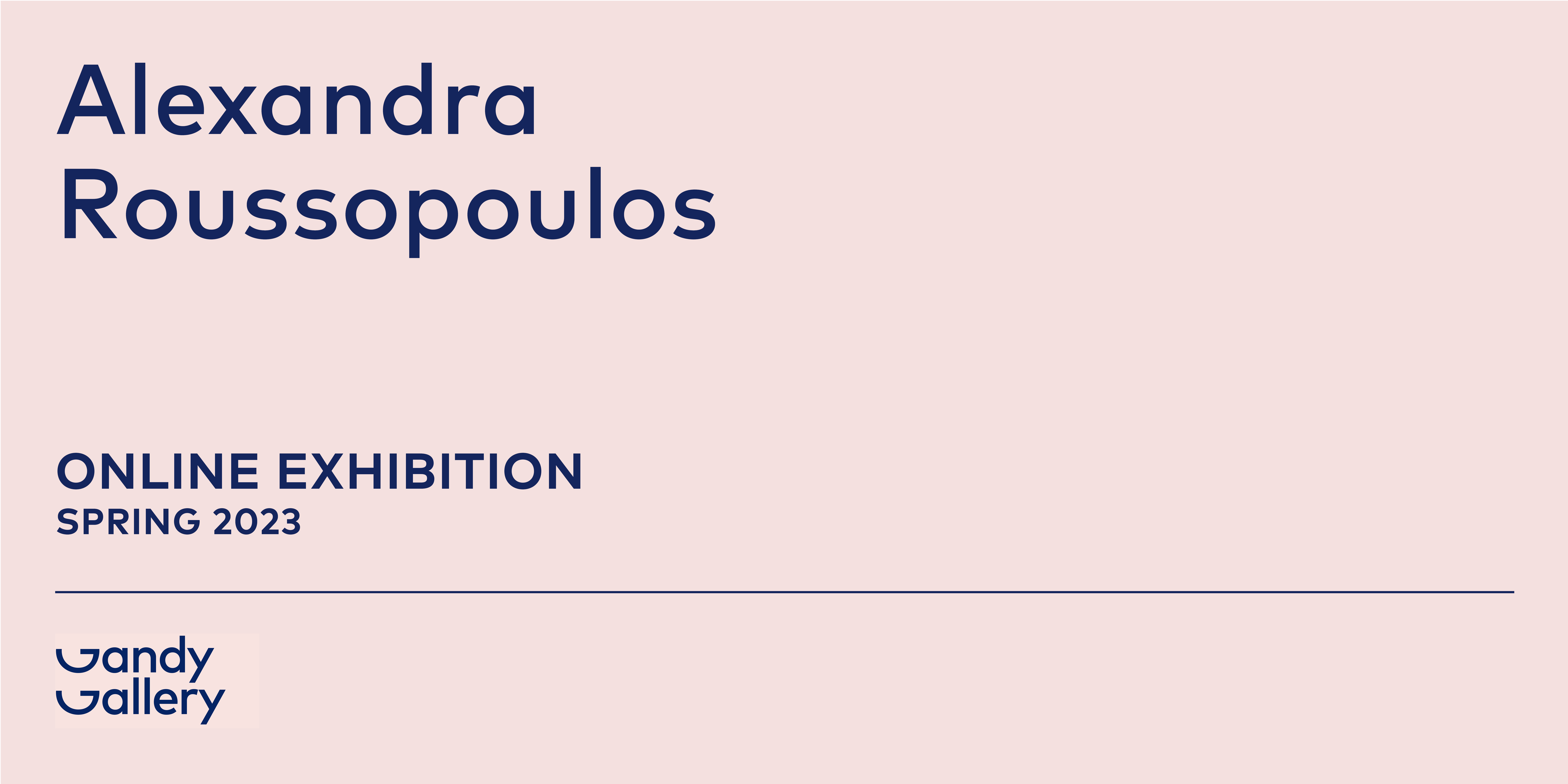
The Spring 2023 online exhibition featuring a new series of paintings on glass "WATERSCAPES" by the French-Swiss artist based in Paris and Athens.
Through painting, she questions the mental and physical space in which she finds herself and reexamines the relationship between forms, colors and space. Her work has always testified to the importance of the link to others. Seen from afar, one could, for a moment, confuse it with a photograph. These colors so bright, and then this brilliant aspect... But only from far, and only for a moment. Because in the moment that follows, one says to oneself: no, definitely, this outline of the mountains, so precise however, is too vibrant, too much in movement, to have been seized by the objective. How soft and subtle is the passage between the shots... And these flashes of light, how they breathe! We follow the rolling of the foam. Would my eyes be misty ? Would I cry without knowing it? For God's sake, the landscape shivers as if I could see it through my tears! But perhaps it is he who cries? Like those Virgins in the depths of secluded monasteries, who, on rare days marked with a white cross, let all the commiseration of the world flow from their stone eyelids.
It is that, in the painting under glass, the matter is not absorbed. The artist may stabilize it with a fixative as a final touch, but the impression of fluidity does not disappear. A mysterious influx seems to constantly feed these colors and shapes. I like to play with that," explains Alexandra. I wait for my acrylic layer to dry, then I put a little water on it: the paint flakes off, which gives the impression of foam or waves." She never paints these landscapes on the spot; she works in her studio, essentially from memory, turning the glass over from time to time to check the progress. As glass is difficult to handle, she prefers small formats: another constraint, but one that she enjoys. "With glass, you have to abandon the idea of mastery. Unlike painting on canvas, you don't paint directly on the support, you paint on its reverse side: your first layer is the one that will be seen first, so you have to start with the details and finish with the background. Repentance is excluded: you cannot go back on your first layers. You start with the details, wait for them to dry, then attach the secondary details, and finally the background. At each stage, accidents can happen: they remind me of those that happen in nature and form the elements. The image comes from itself, in a way.
It was in Greece that Alexandra first started to work with this technique. A very ancient technique, which had always upset her: precious and delicate, it allows the colors to remain pure, while being magnified. Qualified as a "learned art" and reserved for the artistic elite in Antiquity, it has become, over the centuries, a "poor man's technique": one paints on glass for lack of paper. What finesse of execution it requires! What treasures of knowledge it requires! These small icons under Greek glass, marvels of art and spirituality! And the enchantment of these Senegalese paintings, where the scenes of the daily life are so many odes to the beauty... The beauty of things. The beauty of the human eye on things. The beauty of human genius in responding to beauty with beauty, in the most humble and sometimes cruel conditions.
To rediscover the first emotion experienced at a given moment, that is the desire that moves Alexandra Roussopoulos. To do this, the real landscape is not enough, and sometimes its memory is not enough either: some of her paintings are superimpositions of landscapes that she has seen here and there, brought together under her brush so that the desired emotion emerges. An emotion that is not easy: this strange sadness that embraces you in front of the sea, majestic and generous, so simply offered in its immensity; this shock that provokes the raw splendor of a mountain; this joy, in front of a field of wild flowers, that takes you all at once, and leaves you speechless; this violence; and then this shadow, this dull anxiety, at the very heart of this joy. By its transparency, so fragile and so resistant at the same time, glass is one of the best supports; it is also, and undoubtedly above all, the ideal agent of a marvelous attempt, that of "entering the landscape, of inhabiting it completely". What inhabited paintings it gives in return! The words are extinguished. And rises, between dog and wolf, a soft, very soft - irresistible - desire to cry.
Julie Bouvard
Alexandra Roussopoulos was born in Paris in 1969, of Swiss and Greek descent. She graduated from Camberwell College of Arts, University of the Arts London and studied at the École Nationale Supérieure des Beaux-Arts, Paris.
Daughter of a Greek physicist, thinker and painter, and of a Valaisan mother, a committed video artist, Alexandra Roussopoulos grew up in Paris in a residential studio where intellectuals, artists and activists used to meet every evening.
CV - Alexandra Roussopoulos [PDF]
Video presentation [download mov file]

Waterscape 1, 2023, acrylic painting under glass, 30x45 cm

Waterscape 2, 2022, acrylic painting under glass, 29,7x42 cm

Waterscape 3, 2023, acrylic painting under glass, 29,7x42 cm

Waterscape 4, 2023, acrylic painting under glass, 30x45 cm

Waterscape 5, 2023, acrylic painting under glass, 29,7x42 cm

Waterscape 6, 2023, acrylic painting under glass, 30x45 cm

Waterscape 7, 2023, acrylic painting under glass, 30x45cm

Waterscape 8, 2023, acrylic painting under glass, 30x45cm

Waterscape 9, 2023, acrylic painting under glass, 30x45cm

Habiter le paysage/peint à Saint-Maurice, 2021, acrylic painting under glass, 30x45cm